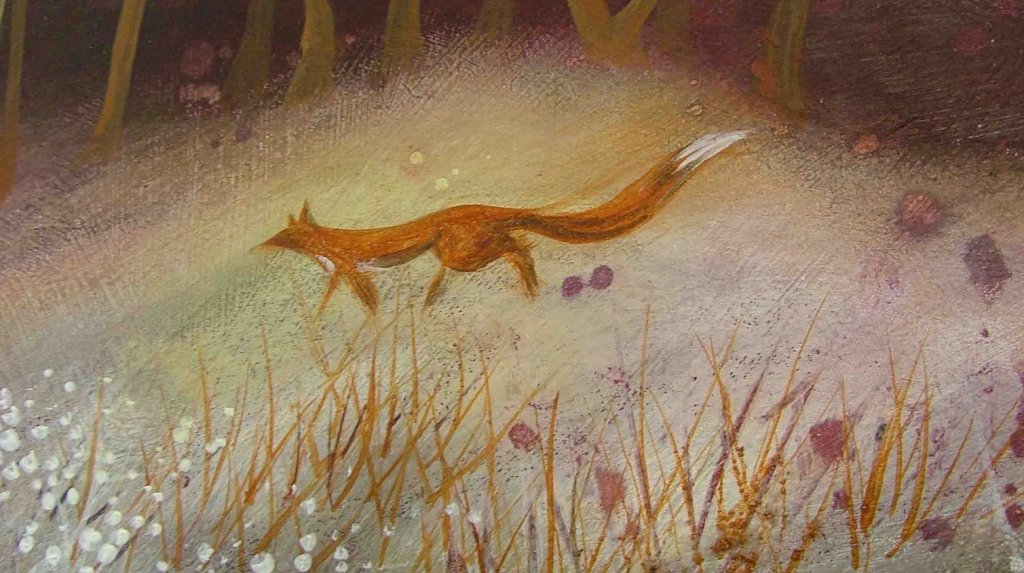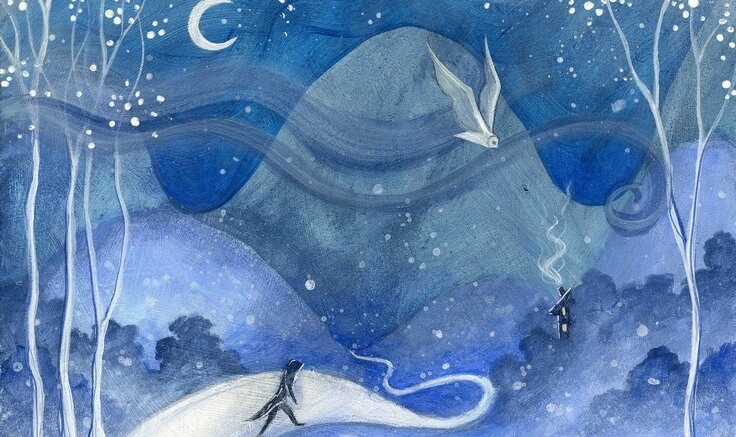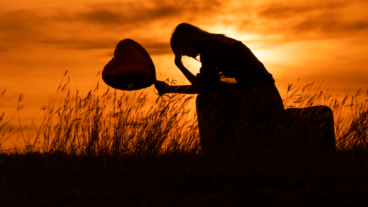The 5 Levels of Sadness

Sometimes we find ourselves consumed by an indescribable sadness, silent, with our foreheads pressed against the window and our souls in our pockets. We don’t really know what causes it, but what we can say is that we can’t face those days with the same enthusiasm we usually have.
What causes situations like these? We’re not talking about depression, which something completely different. We’re referring to those days when the thermometer that gauges our mood falls to zero. The times when we wander off our routines and abandon our hopes.
“You can’t prevent the birds of sadness from flying around your head, but you can prevent them from making a nest in your hair.”
-Chinese proverb-

1. Sadness as a warning sign
Sadness always manifests as a loss of energy. We don’t arrive at the level of dejection and stillness that comes with depression; it’s lighter and subtler than that. We feel the need to retreat within, which comes with a feeling of apathy and indefinable tiredness.
This physical reaction is a response to a warning mechanism of the brain. It makes us withdraw from the stimuli in our environment so that we can connect with our inner selves. We need to look more deeply into whatever is bothering, worrying, or upsetting us.
2. Sadness as resource conservation
Bernard Thierry is a biologist and physiologist who has studied these negative emotions for years. According to him, sadness induces a small state of hibernation within us.
It puts us on standby, relegates us to a place of stillness and introspection, so that we can not only reflect on a specific event, but also so that the brain can be sure that we don’t waste all our energy on tasks that don’t have priority at the moment.
3. Sadness as self-care
There are many psychologists who don’t like to label sadness as a negative emotion. In our almost obsessive fixation with labeling every behavior and psychological phenomenon, we sometimes lose our perspective on them.
Sadness isn’t bad. It’s not positive, either. It’s just an emotion that acts as a warning mechanism. It tells us valuable and necessary things, like “stop for a moment, listen to yourself, take care of yourself, talk to yourself, and understand what’s happening to you.”
So, the next time a friend, family member, or partner says something like “I don’t know what’s going on with me today, I’m sad,” the last thing you should say to them is “don’t worry, be happy.”

The proper thing to say is really simple: “tell me what you need.” Something like that will cause them to reflect on the root of their problem so that they can have a deeper understanding of their true needs.
4. Sadness as longing
Sadness has a strange taste, as it oscillates between longing and melancholy. It’s the absence of something. It makes us so feel crushed by opposing feelings, by empty spaces and needs without name, that we immediately start to feel despair.
“’Tis hard to feign merriment when the heart is sad.”-Tibullus-
People often say that sadness is the most refined type of sensitivity that humans have. It invites people to be more creative, to dabble with art, music, or writing to channel all those opposing feelings.
However, it’s important to remember that even though sadness can be inspiring to the heart of an artist, nobody can stay forever in this land of longing, melancholy, and emptiness, where nothing but emotional immaturity resides.
5. Sadness as a psychological development strategy
In the highest level of Abraham Maslow‘s hierarchy of needs, you find self-actualization. We can’t forget this almost ideal peak of psychological growth encompasses such basic principals as self-esteem and emotional strength.
People who aren’t capable of understanding their sorrows, or who crumble in the face of them, are those who choose to disconnect and leave their own needs and identities in other people’s hands.
Understanding your own emotions and lifting yourself up as the ruler of your own universe is a fundamental contribution to your psychological growth, and so it’s a good idea to stop associating sadness with words like weakness and vulnerability.
Because behind every person who identifies and faces their sadness hides a true hero.
Images courtesy of Amanda Clark
Sometimes we find ourselves consumed by an indescribable sadness, silent, with our foreheads pressed against the window and our souls in our pockets. We don’t really know what causes it, but what we can say is that we can’t face those days with the same enthusiasm we usually have.
What causes situations like these? We’re not talking about depression, which something completely different. We’re referring to those days when the thermometer that gauges our mood falls to zero. The times when we wander off our routines and abandon our hopes.
“You can’t prevent the birds of sadness from flying around your head, but you can prevent them from making a nest in your hair.”
-Chinese proverb-

1. Sadness as a warning sign
Sadness always manifests as a loss of energy. We don’t arrive at the level of dejection and stillness that comes with depression; it’s lighter and subtler than that. We feel the need to retreat within, which comes with a feeling of apathy and indefinable tiredness.
This physical reaction is a response to a warning mechanism of the brain. It makes us withdraw from the stimuli in our environment so that we can connect with our inner selves. We need to look more deeply into whatever is bothering, worrying, or upsetting us.
2. Sadness as resource conservation
Bernard Thierry is a biologist and physiologist who has studied these negative emotions for years. According to him, sadness induces a small state of hibernation within us.
It puts us on standby, relegates us to a place of stillness and introspection, so that we can not only reflect on a specific event, but also so that the brain can be sure that we don’t waste all our energy on tasks that don’t have priority at the moment.
3. Sadness as self-care
There are many psychologists who don’t like to label sadness as a negative emotion. In our almost obsessive fixation with labeling every behavior and psychological phenomenon, we sometimes lose our perspective on them.
Sadness isn’t bad. It’s not positive, either. It’s just an emotion that acts as a warning mechanism. It tells us valuable and necessary things, like “stop for a moment, listen to yourself, take care of yourself, talk to yourself, and understand what’s happening to you.”
So, the next time a friend, family member, or partner says something like “I don’t know what’s going on with me today, I’m sad,” the last thing you should say to them is “don’t worry, be happy.”

The proper thing to say is really simple: “tell me what you need.” Something like that will cause them to reflect on the root of their problem so that they can have a deeper understanding of their true needs.
4. Sadness as longing
Sadness has a strange taste, as it oscillates between longing and melancholy. It’s the absence of something. It makes us so feel crushed by opposing feelings, by empty spaces and needs without name, that we immediately start to feel despair.
“’Tis hard to feign merriment when the heart is sad.”-Tibullus-
People often say that sadness is the most refined type of sensitivity that humans have. It invites people to be more creative, to dabble with art, music, or writing to channel all those opposing feelings.
However, it’s important to remember that even though sadness can be inspiring to the heart of an artist, nobody can stay forever in this land of longing, melancholy, and emptiness, where nothing but emotional immaturity resides.
5. Sadness as a psychological development strategy
In the highest level of Abraham Maslow‘s hierarchy of needs, you find self-actualization. We can’t forget this almost ideal peak of psychological growth encompasses such basic principals as self-esteem and emotional strength.
People who aren’t capable of understanding their sorrows, or who crumble in the face of them, are those who choose to disconnect and leave their own needs and identities in other people’s hands.
Understanding your own emotions and lifting yourself up as the ruler of your own universe is a fundamental contribution to your psychological growth, and so it’s a good idea to stop associating sadness with words like weakness and vulnerability.
Because behind every person who identifies and faces their sadness hides a true hero.
Images courtesy of Amanda Clark
This text is provided for informational purposes only and does not replace consultation with a professional. If in doubt, consult your specialist.







